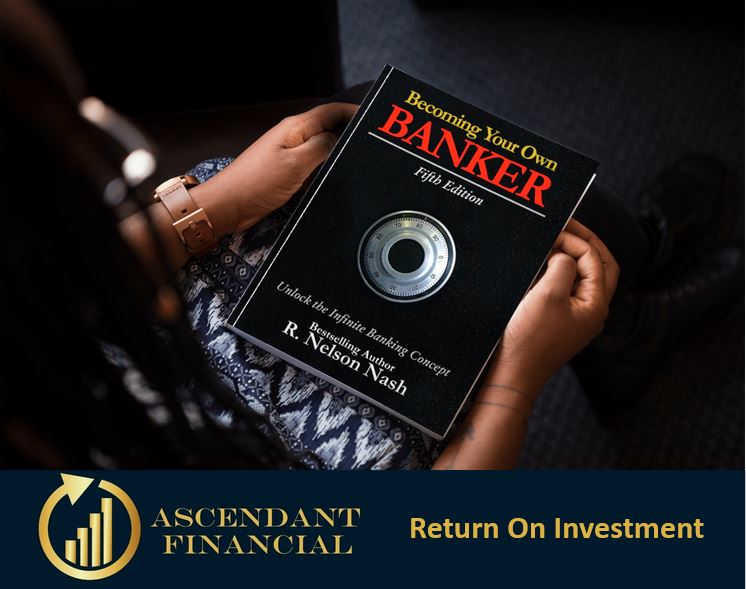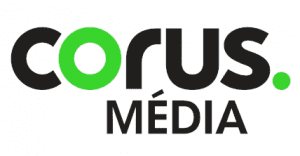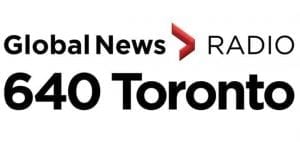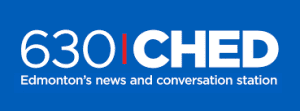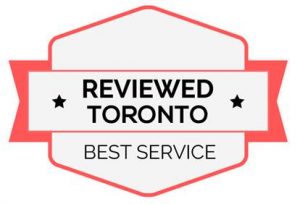Calculating Return on Investment
While there are many formulas in determining ROI, calculating ROI can be as easy as pie using a standardized formula.
To calculate ROI, get the net profit or loss then divide it by the cost then multiply it by 100. The net profit or loss is the present value of investment minus the cost of investment. ROI is measured in percentage, so you can easily compare the profitability of different ventures.
ROI= Present value of investment – the cost of investment x 100
Cost of investment
For example, let's say you invested $100,000 to acquire rental property for down payment and renovations. After expenses, the property brings in $6,000 per year in positive cash flow. Your return on investment from the property is:
ROI = ($6,000/100,000) x 100
ROI =6%
Your ROI in this example is 6%. This is often referred to by real estate investors as a “cash on cash” rate of return. 6% of your original capital (cash) was returned by way of net income. However, your actual return maybe even higher than that. You may be able to factor in some appreciation on the property, possible mortgage paydown that increases your equity and even some depreciation tax advantages. However, these have not been realized. Your ROI would only be estimated until the property was sold and you took any of the gains.
Return On investment can be used to evaluate every expenditure. For example, suppose you are investing in real estate. In that case, you can calculate the ROI of renovating units and compare it to buying a new unit's ROI, factoring in potential rent increases to make the best decision.
Note that ROI is as good as numbers can provide. Always remember that ROI does not eliminate the risks of doing business. Therefore, you would want to factor risks in future projections, so your profits don't become too optimistic.
Like other metrics, this ROI calculation has its limitations – it fails to take time into account. For example, a basic ROI calculation cannot help determine what investment is better over time or with large variables added in. If you had 15% ROI over three years, then a -10% in one investment and 13% over eight years in another with two years of -5% losses.
Many entrepreneurs look at ROI through a different lens. For example, a coaching program that helps them grow and elevate their business may have an annual program cost of $20,000. They meet high-level connections and learn new skills to increase revenues in the company over the next 3 years by $100,000 or more. The coaching program did not directly produce the ROI; the business owner did…but without the program, skills, and connections, this growth likely would not happen.
A personal example could look like a household purchase. For example, a family purchases an above-ground pool during the Covid pandemic. It costs $2000 to acquire everything they need. They use it 3-5 times a week during a 3-4 month period, create lasting memories, photos, joy and laughter. They can teach the youngest child how to swim, as there are no swimming lessons available. The parents get a bit of a break during the lockdown and having the kids home year-round. There is no financial ROI, but there could be a clear emotional, lifestyle return that beats the pants off the flavor of the month investment.
The summary is much more can be factored into a return than just the math. As humans, we need to consider many more aspects when making critical decisions, especially financial ones. R. Nelson Nash who wrote Becoming Your Own Banker, indicated that you cannot get a better rate of return on anything without first controlling the banking function as it relates to your needs in life.
